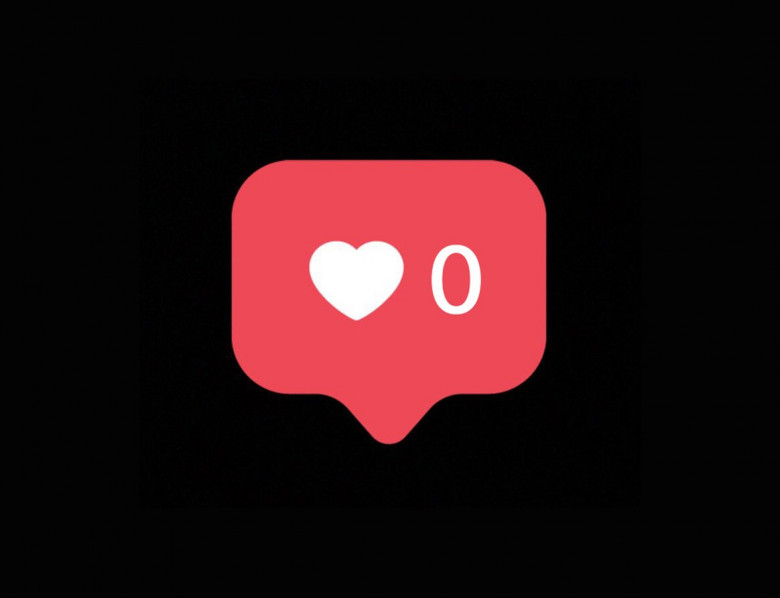Instagram’s Crackdown on Fake Followers Just Might Work

Instagram Monday said it would again crack down on users who pursue “inauthentic activity” to boost an account’s popularity. Within hours, BlackHatWorld, a forum popular with self-proclaimed “black hat” social media marketers, was in crisis.
In a section of the forum usually reserved for sharing the best deals on obtaining fake Instagram followers, concerned users started at least 13 threads to discuss the policy change. “The beginning of the end?” asked one user. “It’s happening,” wrote another, posting a link to Instagram’s press release, which promised to “begin removing inauthentic likes, follows and comments from accounts that use third-party apps to boost their popularity.” BlackHatWorld users squabbled long into the night over the extent of Instagram’s purge. By Tuesday afternoon, several threads had descended into chaos. Applications had already started to go offline. It was an illicit growth hacker’s worst nightmare—suggesting that this time, perhaps, Instagram might actually be on to something.
Likes, comments, and followers are the currency of Instagram. They are the metrics by which we determine a profile’s worth, or an idea’s popularity, but they can be difficult to amass. From this stems their power. An account with tens of thousands of followers inherently seems more legitimate, and trustworthy, than one with three. When an account reaches 10,000 followers, it’s granted access to one of Instagram’s most coveted features: the ability to embed links in Instagram Stories. For a relatively link-adverse platform like Instagram, the feature is a big deal and could be used to drive traffic to a particular site or brand. For influencers, who make all or part of their living promoting products through Instagram, the stakes are even higher. Payments for these deals are determined based on perceived reach, so a higher follower count often directly translates into a significantly higher paycheck.









































































